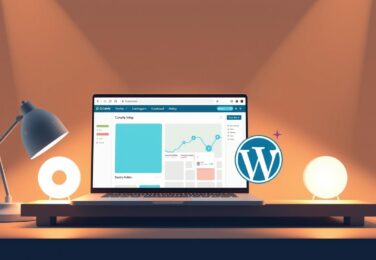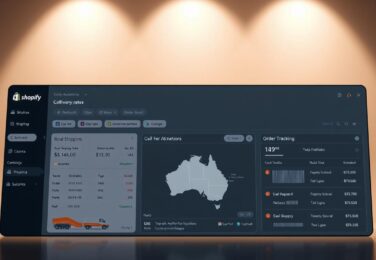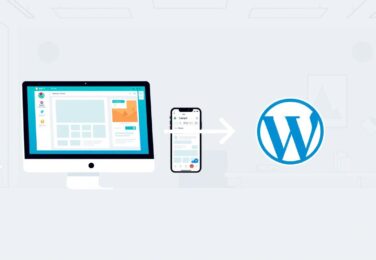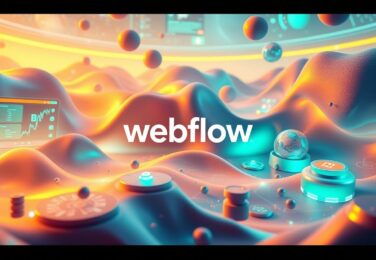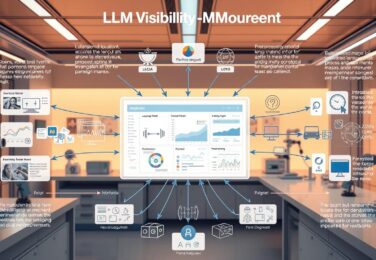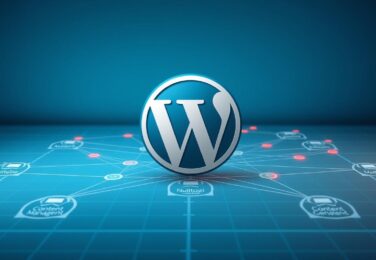How to Use Next-Gen Images With WordPress
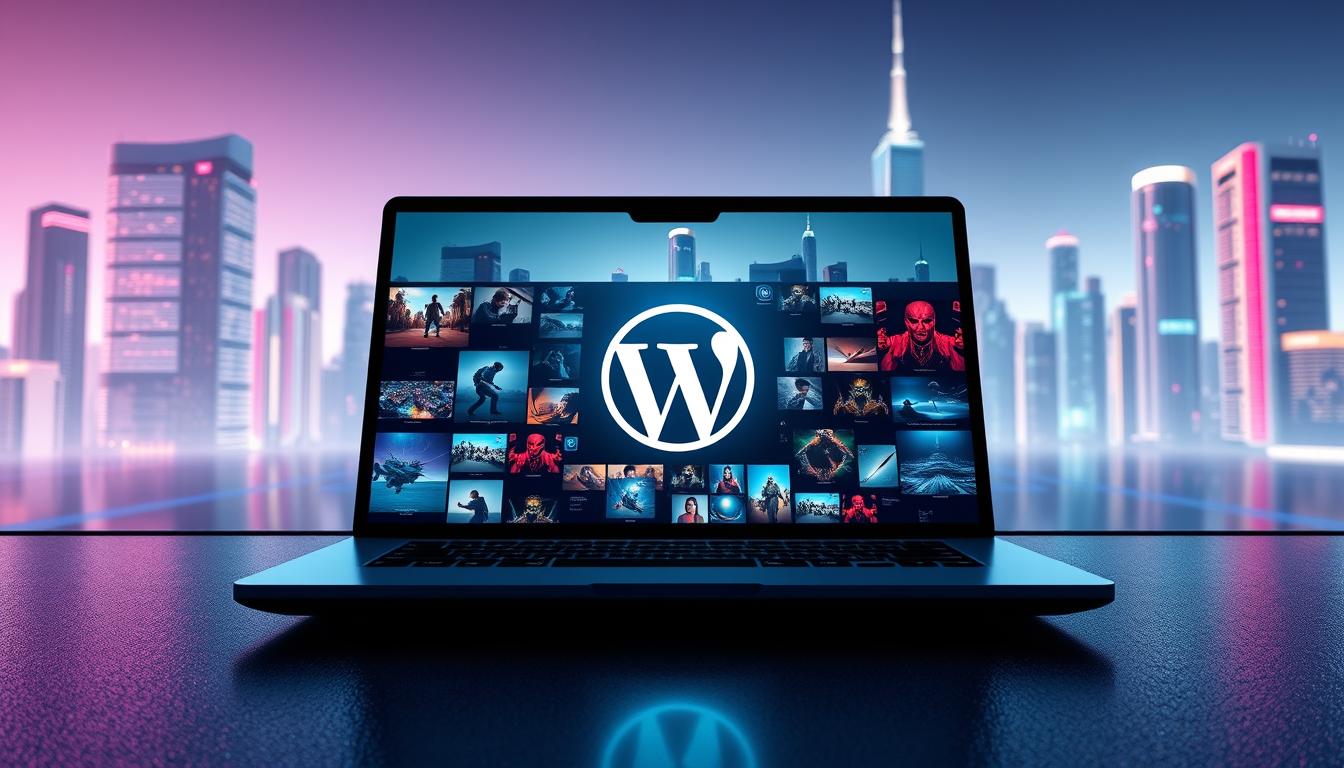
Table of Content
Welcome to the digital visual revolution! As web designers and content creators, we’re always looking for ways to make our WordPress sites more stunning and fast. Next-gen images are at the forefront of visual content, changing how we handle website graphics and user experience.
Imagine having crisp, vibrant images that load instantly, without losing quality. Next-gen images and ai-generated visuals are more than a trend; they’re the future of web design. We’ll explore these powerful image formats together, helping you boost your WordPress site’s performance.
From WebP to AVIF, these next-gen images have smaller file sizes and better visual quality. We’ll show you how to understand, implement, and master these image technologies. They can greatly improve your website’s speed and user engagement.
Key Takeaways
- Discover the power of next-gen image formats for WordPress
- Learn how ai-generated visuals can enhance website performance
- Understand the technical advantages of modern image compression
- Explore tools for seamless image format transformation
- Boost your site’s loading speed and user experience
Understanding Next-Gen Image Formats in WordPress
Digital images are changing fast, thanks to synthetic media and deepfake imagery. WordPress users are looking into new image formats. These formats offer better performance and quality.
Today’s web design needs images that look great and work well. We need formats that keep quality high while compressing images.
Common Next-Gen Image Types
- WebP: Google-developed format with exceptional compression
- AVIF: Advanced video image format with remarkable quality
- JPEG XR: Microsoft’s high-dynamic-range image format
Benefits of Modern Image Formats
Next-gen image formats bring big benefits for WordPress sites:
- Smaller file sizes mean faster page loads
- They look better
- They support transparent backgrounds well
WordPress Compatibility Check
Using these formats needs checking if your WordPress theme and plugins work with them. We suggest using image optimisation plugins for a smooth setup.
| Format | Compression Rate | Browser Support |
|---|---|---|
| WebP | Up to 34% smaller | Most modern browsers |
| AVIF | Up to 50% smaller | Growing support |
| JPEG XR | Up to 40% smaller | Limited browser support |
By learning about these new image formats, WordPress users can make their sites look and work better.
Why Next-Gen Images Matter for Website Performance
Web performance is key for great digital experiences. Photo-realistic and algorithmically crafted visuals have changed how we see websites. They make sites faster and more engaging.
Websites need to load quickly and look amazing. Next-gen images help by making files smaller without losing quality.
- Faster page load speeds
- Reduced bandwidth consumption
- Enhanced user engagement
- Improved search engine rankings
Modern visuals make stunning graphics load fast on all devices. Formats like WebP and AVIF are better than JPEG and PNG.
Using next-gen images, Australian businesses can make websites that are more interactive. This leads to better user experiences and more sales.
Performance matters. Every millisecond counts in keeping your audience connected.
For web developers and marketers, using these advanced images is a big plus. It helps them stand out in a world full of visuals.
Essential Tools for Managing Next-Gen Images
Managing next-gen images can seem tough, but we’ve got the right tools for you. Our tools mix computational creativity with smart tech to change how you handle images.
Today’s image management needs tools that use neural rendering and smart optimisation. Let’s look at the top tools to boost your WordPress image workflow.
Top WordPress Image Optimisation Plugins
Here are some top WordPress plugins to check out:
- ShortPixel: Automatic image compression
- Imagify: Intelligent image reduction
- EWWW Image Optimiser: Complete image processing
- WebP Converter: Support for next-gen formats
Cloud-Based Image Processing Services
Cloud services offer scalable solutions for image management. They use advanced algorithms for easy image optimisation.
- Cloudinary: Dynamic image transformation
- Imgix: Real-time image resizing
- Filestack: Smart image processing
Development Resources
For developers wanting deeper integration, here are some tools:
- ImageMagick: Powerful image manipulation library
- GraphicsMagick: Fast image processing
- OpenCV: Advanced neural rendering
Using these tools will make your WordPress image management easier. You’ll also open up new ways to optimise digital images.
Setting Up Your WordPress Site for Next-Gen Images
Getting your WordPress site ready for next-gen images is a key step. We’ll show you how to make sure your site is set up for the latest image tech. This includes generative adversarial networks and latent diffusion models.
- Update WordPress core to the latest version
- Check theme compatibility with modern image formats
- Configure server settings for optimal image delivery
- Ensure HTTPS is enabled for secure image loading
Image optimisation is key for WordPress performance. Using generative adversarial networks can greatly boost your site’s visuals. Here’s what we suggest:
- Installing a robust image optimisation plugin
- Configuring automatic image compression
- Implementing responsive image techniques
Pro tip: Always test your image configurations across different devices to ensure consistent performance.
Latent diffusion models bring advanced image processing to your WordPress media. Look for plugins that use these AI technologies to improve your site’s visuals.
By taking these steps, you’ll lay a solid foundation for next-gen images on your WordPress site.
Converting Existing Images to Next-Gen Formats
Turning your old images into next-gen ones can make your website run faster and look better. We’ll show you how to change your images to modern formats. This will make your website load quicker and look amazing.
Batch Conversion Strategies
Batch conversion is a key tool for next-gen images. Here are some ways to make it easier:
- Use WordPress plugins for bulk image conversion
- Try cloud-based image processing services
- Use command-line tools for big conversions
Quality Settings and Optimisation
Choosing the right quality settings is important for converting images. Here’s what we suggest:
- Begin with medium compression settings
- Check the image quality after changing it
- Find a balance between file size and image clarity
| Format | Compression Level | File Size Reduction |
|---|---|---|
| WebP | Medium | 30-50% |
| AVIF | High | 50-70% |
Supporting Legacy Image Formats
It’s important to make sure older browsers can see your images. We suggest using fallbacks for older formats. This way, everyone can see your website well, no matter what browser they use.
Learning how to convert images to next-gen formats will make your website faster and more beautiful. Your visitors will love it.
Implementing Responsive Next-Gen Images
Responsive images are key in today’s digital world, with synthetic media and deepfake imagery leading the way. WordPress has the tools to make your images look great on any device. This includes small phone screens and big desktops.

- Use srcset attributes for different image sizes
- Apply sizes attributes to control how images are shown
- Take advantage of WordPress’s built-in image responsiveness
With synthetic media, making images responsive is even more important. Deepfake images need to scale and render well on all devices. This keeps their quality and look consistent.
WordPress automatically creates multiple image sizes for you. This means your site can show the right image size for each user’s screen. It makes your site faster and better to use.
Pro tip: Always test your responsive images on various devices to ensure optimal visual presentation.
By using these methods, you’ll have a flexible image strategy. It will look professional and work well on all digital platforms.
Optimising Next-Gen Images for SEO
Creating the perfect visual strategy for search engines is more than just uploading images. Our method for image SEO includes strategic optimisation. This helps search engines understand and index your visuals better.
Getting your images seen by search engines starts with smart descriptions and metadata. We’ll look at the main techniques to make your website’s images SEO strong.
Mastering Alt Text for Maximum Visibility
Alt text is key for image SEO. When writing descriptions, remember to:
- Describe the image accurately
- Include relevant keywords naturally
- Keep descriptions short and meaningful
- Avoid stuffing keywords
Creating Complete Image Sitemaps
Image sitemaps help search engines find and understand your images. Our suggested steps include:
- Include all key images in your sitemap
- Provide clear image metadata
- Make sure image URLs are accessible
- Update sitemaps often
By using these strategies, your images will have a better chance of ranking well in search results.
Troubleshooting Common Next-Gen Image Issues
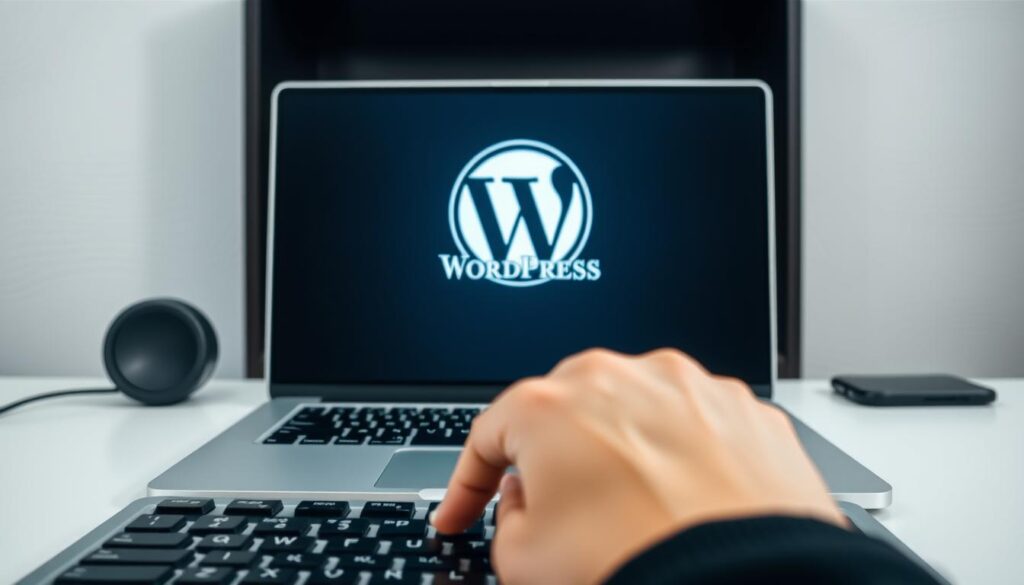
Dealing with next-gen image problems in WordPress can be tough. Our guide helps you solve common issues that might slow down your website’s look.
We’ve found important steps to keep your site running smoothly:
- Browser Compatibility Checks
- Performance Diagnostic Steps
- Image Loading Optimisation
- Plugin Conflict Resolution
When images won’t load or look wrong, check your WordPress setup first. Neural rendering tech can cause display problems on different browsers and devices.
Key steps to fix these issues include:
- Make sure file formats are compatible
- Check how plugins work together
- Look at image compression settings
- Test how your site looks on different devices
If you’re stuck with image problems, our friends at hello@defyn.com.au are experts in WordPress. They can help you overcome even the toughest challenges.
Measuring Performance Improvements with Next-Gen Images
It’s key to track how next-gen images affect your WordPress site. We’ll look at ways to measure performance gains that go beyond just looks.
Using generative adversarial networks and latent diffusion models can really change how you optimise images. These new techs offer detailed ways to check how well your site performs.
Essential Speed Testing Tools
Choosing the right tools to measure performance is important. Here are some top picks:
- Google PageSpeed Insights
- GTmetrix
- WebPageTest
- Pingdom Website Speed Test
Key Performance Analytics
Tracking certain metrics shows the real effect of next-gen images. Look at these key areas:
- Page Load Time: See how many seconds you save
- Bounce Rate Reduction
- User Engagement Metrics
- Bandwidth Consumption
By tracking these metrics, you’ll get a full picture of how next-gen images boost your WordPress site’s performance.
Future-Proofing Your WordPress Image Strategy
The digital world is always changing. For WordPress site owners, keeping up with next-gen images is key. Our image strategy must be as flexible as a kangaroo in the digital outback.
AI-generated visuals are changing digital imagery fast. These new technologies bring exciting chances for WordPress sites. They let creators make unique, dynamic visuals easily.
- Embrace emerging AI-powered image generation tools
- Stay updated with next-gen image format developments
- Invest in flexible image processing infrastructure
- Regularly audit and update image optimisation strategies
To stay ahead, we suggest a proactive image technology approach. This means:
- Watching for new image compression methods
- Trying out ai-generated visuals
- Keeping image processing workflows up to date
Future-proofing is more than tech—it’s about a flexible strategy. It must adapt quickly to digital changes.
| Strategy Component | Key Focus Areas |
|---|---|
| Technology Adoption | AI image generation, WebP, AVIF formats |
| Performance Optimisation | Adaptive image sizing, intelligent compression |
| Creative Flexibility | Dynamic image rendering, personalisation |
By being curious, adaptable, and open to new ideas, we can keep our WordPress sites looking great. They’ll stay relevant in the fast-changing digital world.
Conclusion
We’ve looked into the world of next-gen images in WordPress. We’ve found ways to make your website’s visuals better. This includes understanding new image formats and using the latest strategies.
Choosing the right image format and quality is key. Next-gen images can make your website load faster and look better. Deepfake imagery and advanced compression are also exciting for web designers.
Our tips offer a solid plan for updating your image strategy in WordPress. Whether you run a small business or are a web developer, these ideas will make your site look great and work well. For more help, contact the team at hello@defyn.com.au.
As digital worlds keep changing, it’s important to keep up with image tech. Try out these tips, explore new formats, and keep improving your visual content management in WordPress.


